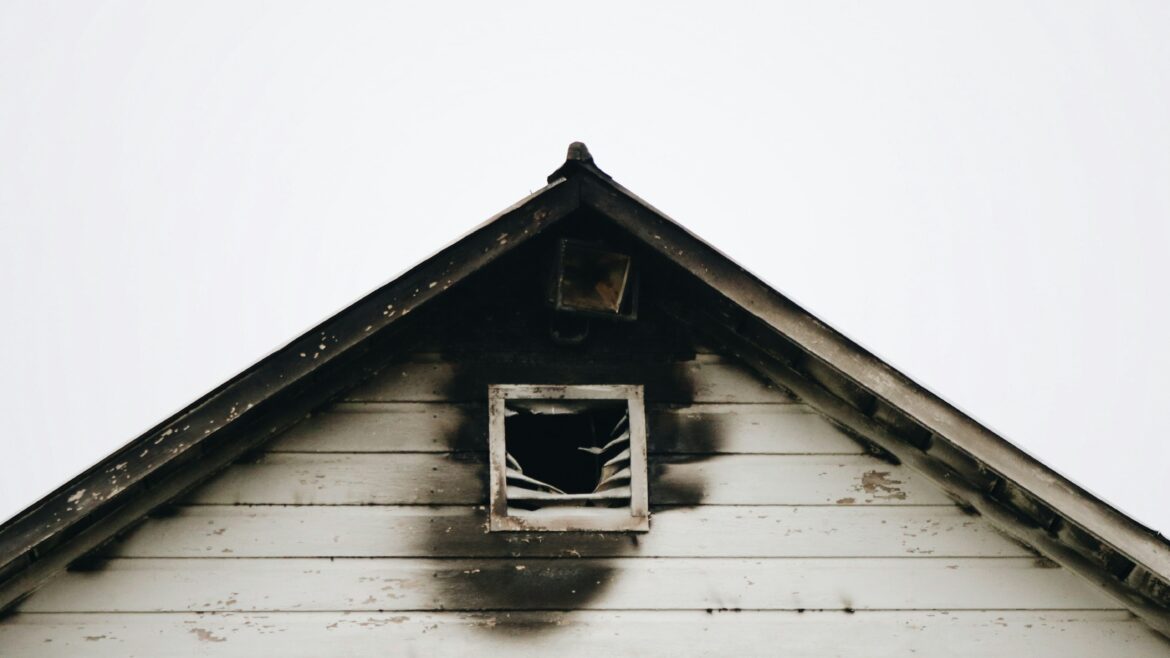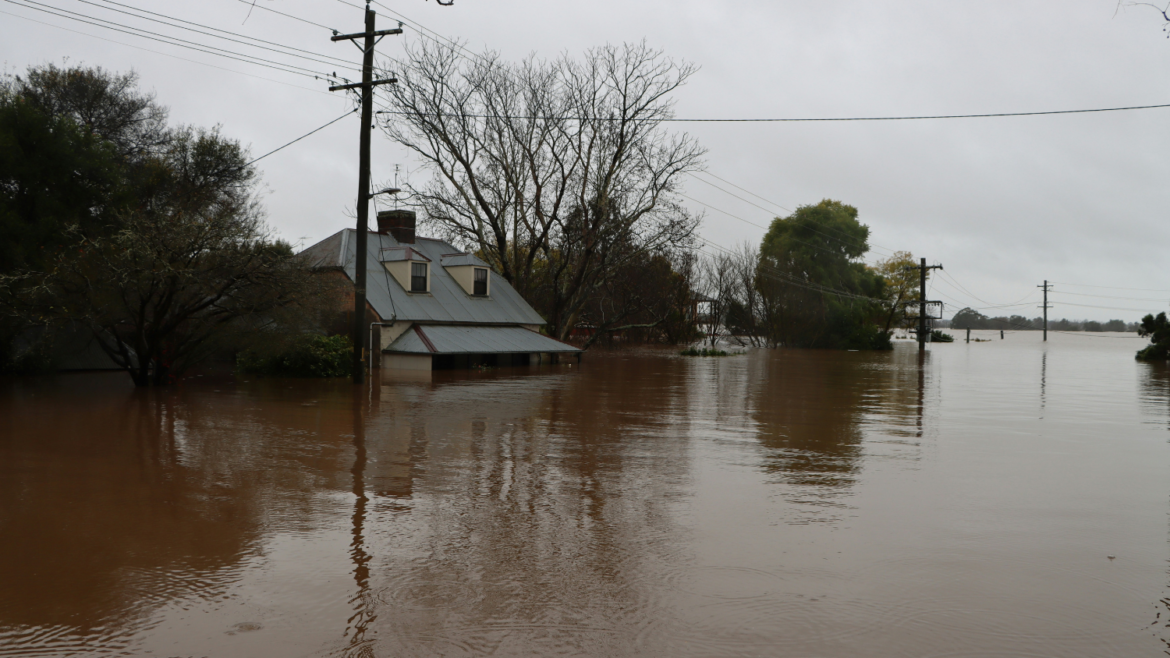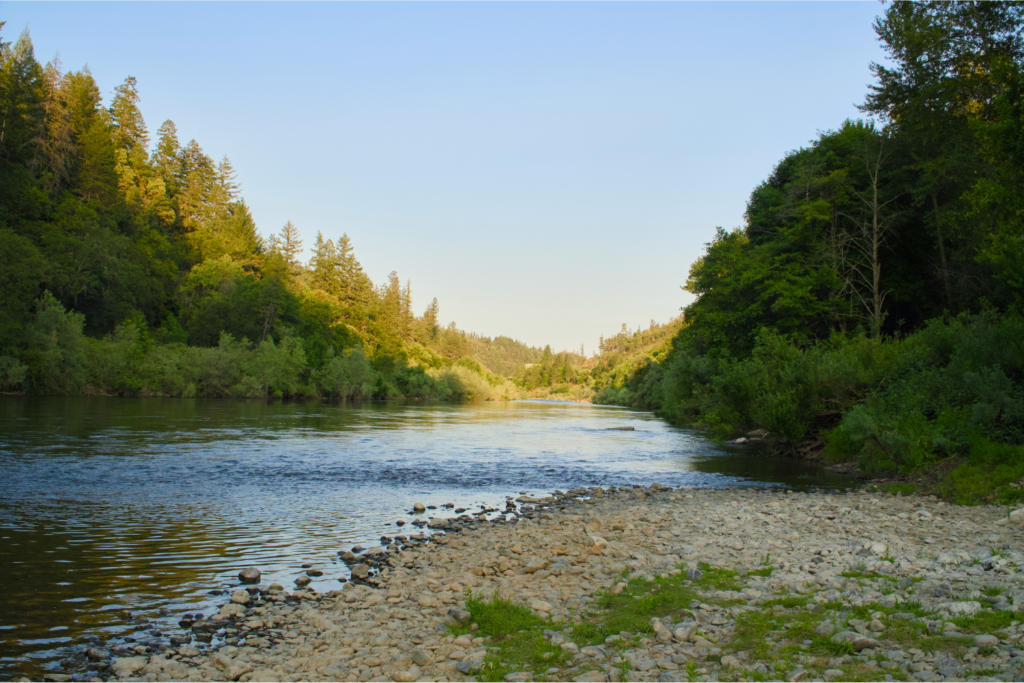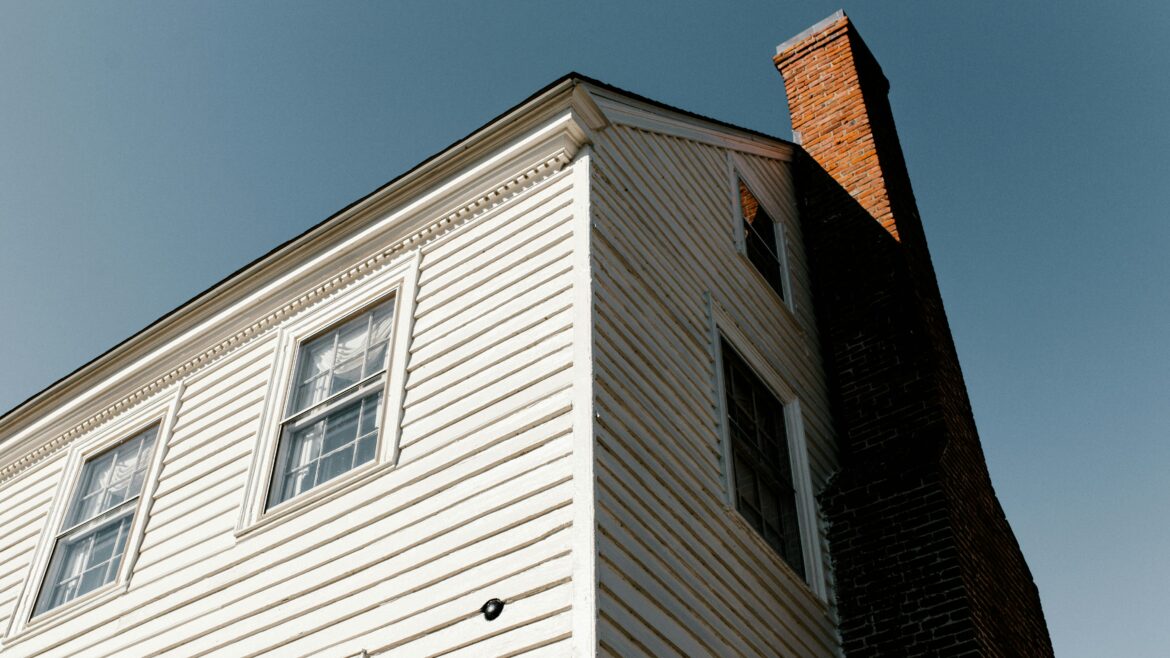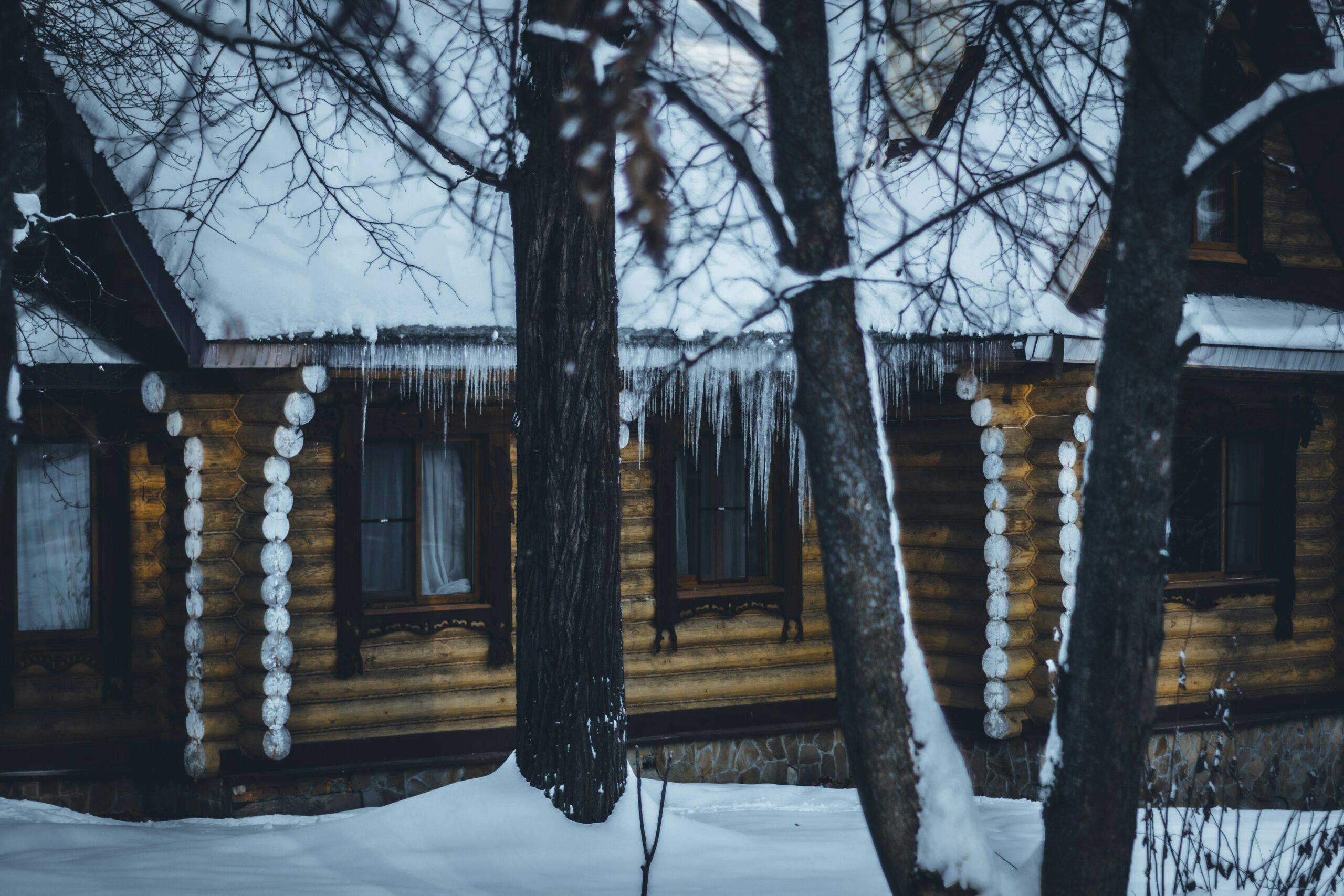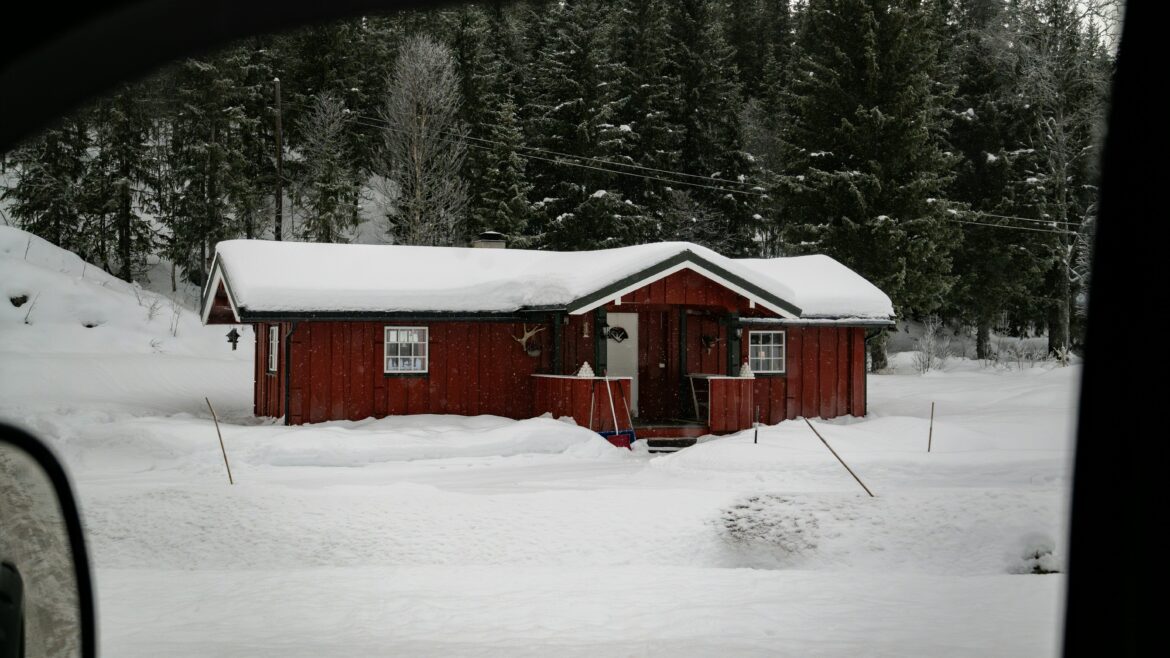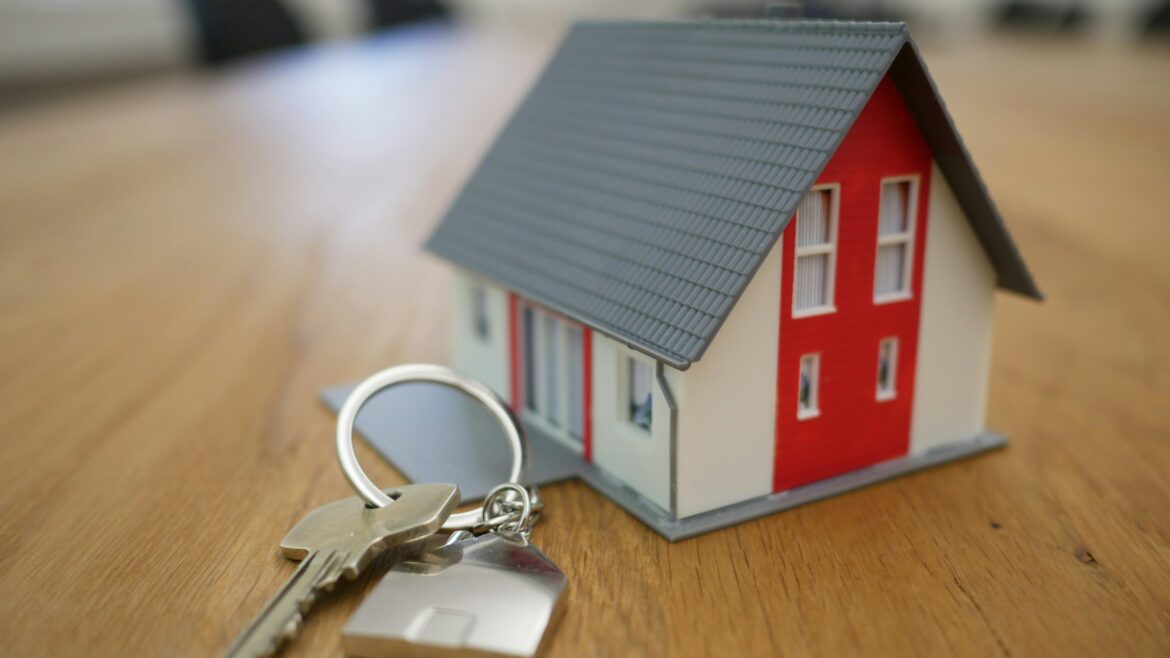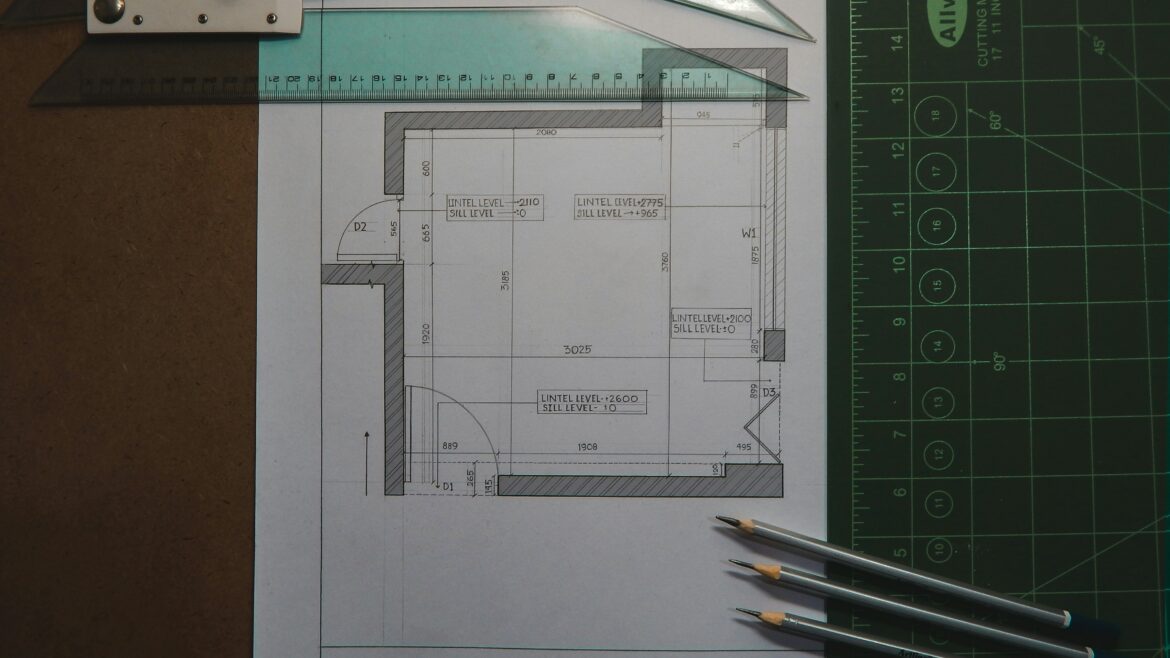Fire Damage Restoration Service: What the Reconstruction Process Looks Like
After a fire, the first phase of the recovery focuses on emergency cleanup, debris removal, and assessing immediate safety concerns. Once the smoke-damaged material is removed and the home is stabilized, the next step is full reconstruction. This is where most of the real work happens. Fire damage rebuilding is a complex process that blends engineering, structural repair, insurance coordination, and full interior restoration.
For homeowners in Salem, understanding how fire reconstruction works helps prepare for timelines, insurance requirements, and what the finished project will involve. This guide explains what the rebuild process looks like from start to finish and why choosing fire damage rebuild contractors experienced in fire restoration is essential.
What Happens After Fire Damage Cleanup Is Complete
Cleanup handles charred debris, smoke removal, and initial safety steps, but cleanup alone does not repair the home. Reconstruction begins once the property is dry, inspected, and cleared for structural work.
Rebuild preparation typically includes:
- Structural stability checks
- Engineering evaluations for framing and load-bearing walls
- Safety inspections for electrical and mechanical systems
- Insurance scoping and estimate reviews
- Planning rough timelines for reconstruction
This stage transitions the home from emergency response into full construction mode.
What Fire Damage Reconstruction Actually Includes
Fire damage repair involves rebuilding the parts of your home that were destroyed or weakened by heat, smoke, and water used to extinguish the fire. Unlike cleanup, reconstruction is a full construction project.
Rebuild work commonly includes:
- Structural framing repairs or replacement
- Electrical system rewiring
- Plumbing system inspections and rerouting
- Roof, truss, or attic structural repair
- Insulation and drywall installation
- Removal of smoke-contaminated materials
- Flooring replacement
- Cabinet and built-in reconstruction
- Interior finish carpentry and trim
- Texturing, painting, and final detailing
This phase restores the function, safety, and appearance of the home.
The Step-by-Step Fire Damage Rebuild Process
Although every fire loss is different, most reconstruction projects follow a predictable sequence.
Step 1: Structural Evaluation and Engineering
Engineers or licensed contractors evaluate:
- Load-bearing walls
- Roof trusses
- Floor systems
- Joists and beams
- Foundation connections
This step determines whether components can be repaired or must be replaced.
Step 2: Insurance Scope and Estimate Approval
Approval is required before reconstruction begins. This may include:
- Review of the adjuster’s estimate
- Line item breakdowns
- Replacement cost versus actual cash value
- Supplemental claims for hidden damage
Accurate documentation at this stage prevents delays later.
Step 3: Controlled Demolition and Site Preparation
Remaining damaged materials are removed to expose clean, structurally sound surfaces. Work may include:
- Smoke-damaged drywall removal
- Insulation removal
- Subfloor replacement
- Sealing surfaces to prevent odor migration
Step 4: Framing, Electrical, and Plumbing Rough-In
Once demolition is complete, the home begins to take shape again.
Rebuild tasks include:
- New framing and structural reinforcement
- Electrical system replacement
- Plumbing line repairs or updates
- HVAC ducting or equipment replacement if heat-damaged
Step 5: Insulation, Drywall, and Surface Restoration
Walls and ceilings return to normal form.
Work usually includes:
- Fire-rated insulation installation
- Drywall hanging and finishing
- Texture matching with existing finishes
Step 6: Interior Finishes and Final Build-Out
This is where the home becomes livable again.
Finish work may include:
- Flooring
- Cabinets and countertops
- Doors and trim
- Painting and fixtures
- Final clean-up and walkthrough
How Long Does Fire Damage Reconstruction Take?
Rebuild timelines depend on the severity of the fire, insurance approvals, and the scope of construction. Typical timelines include:
- Small room fire rebuild: 1-2+ months
- Multi-room interior fire rebuild: 2-3+ months
- Large or structure-involved fire rebuild: several months
Delays most often come from:
- Engineering reviews
- Insurance estimate adjustments
- Permit approvals
- Material availability
Fire damage reconstruction requires coordination across multiple trades and companies, so realistic expectations help reduce stress throughout the process. This process is typically longer than the usual remodeling project.
What Insurance Typically Covers After a Fire
In many cases (although not always, as circumstances and insurance coverage are crucial here), homeowners’ insurance covers both the cleanup and the reconstruction portion of fire damage restoration, provided the loss is sudden and accidental.
Coverage may include:
- Structural framing repairs
- Roof and attic reconstruction
- Electrical and plumbing replacement
- Drywall, insulation, and flooring
- Cabinetry, paint, and interior finishes
- Smoke-damaged HVAC components
- Temporary housing if the home is unlivable
Homeowners should review:
- Policy limits
- Deductibles
- Depreciation rules
- Replacement cost provisions
These details influence final out-of-pocket costs.
Fire Damage Rebuild vs Standard Home Remodeling
Rebuilding after a fire is not the same as a typical remodeling project.
Key differences include:
- Reconstruction must follow insurance-approved scopes
- Repairs often need to be inspected by multiple parties to ensure they meet safety standards and updated building codes
- Hidden structural issues are far more common
- Timelines depend on inspections and insurance approvals
- Materials may need to match pre-loss conditions
Standard remodeling focuses on design preferences. Fire rebuilding focuses on structural recovery and restoring the home to a safe, livable condition.
Why Hire Fire Damage Rebuild Contractors Instead of a General Remodeler
General remodelers often are not equipped for the complexity of fire reconstruction. Experienced fire damage rebuild contractors understand:
- Insurance documentation requirements
- Rebuild scoping and supplemental claims
- Safety and structural concerns after a fire
- Permitting for reconstruction projects
- How to handle odor sealing, char removal, and smoke infiltration
- Coordination with adjusters and inspectors
Choosing a contractor with fire rebuild experience helps ensure the home is restored correctly and without costly delays.
Common Structural Problems Found After Fire Damage
Fires often cause more damage than is visible at first inspection. Common reconstruction issues include:
- Weakened or warped framing
- Compromised roof trusses
- Melted electrical wiring insulation
- Damaged plumbing lines
- Smoke-saturated insulation
- Subfloor charring
- Hidden moisture from firefighting efforts
These problems must be identified early to avoid long-term safety risks.
Rebuilding Kitchens and Living Spaces After Fire Damage
Rooms with higher heat levels and dense materials often require extensive reconstruction.
Common tasks include:
- Rebuilding cabinets and islands
- Installing new countertops
- Replacing appliances damaged by heat or smoke
- Sealing framing to eliminate odor
- Reinstalling flooring systems
- Restoring open-concept layouts when applicable
This stage allows homeowners to regain comfort and functionality after a traumatic event.
What To Do If Your Home Needs Fire Reconstruction
After a fire, homeowners should:
- Secure the property
- Report the loss to insurance
- Document visible damage
- Avoid starting permanent repairs
- Schedule a reconstruction assessment
- Choose one contractor to manage mitigation and rebuild
- Avoid uninsured or cash-only cleanup offers
Coordinated management helps prevent claim disputes and rebuild delays.
Frequently Asked Questions
How long does fire damage reconstruction take?
Fire damage reconstruction can take several weeks to several months, depending on the extent of the damage, the level of structural damage, and how long insurance companies take to approve the scope of repairs. Larger projects involving soot residues, smoke odor infiltration, or full-system rebuilds naturally extend the timeline because the fire damage restoration process must meet safety and building-code requirements.
Does homeowners insurance pay for rebuilding after a fire?
Most homeowners insurance policies cover fire damage when the loss is sudden and accidental, including the cost to repair structural damage, replace interior finishes, and restore your home or business to a safe condition. Insurance companies may also pay for emergency services, odor removal, and parts of the smoke damage restoration process, but coverage depends on your policy and the documented extent of the damage.
Can I live in my home during fire reconstruction?
Whether you can remain in your home during reconstruction depends on the severity of the fire and smoke damage and whether structural components or mechanical systems were compromised. If the restoration company identifies unsafe conditions such as lingering smoke odor, electrical hazards, or areas requiring significant demolition, temporary relocation is usually necessary to protect your health and safety.
What happens if hidden damage is discovered during reconstruction?
If contractors uncover hidden structural damage, soot residues inside walls, or moisture from water damage restoration efforts, they typically submit supplemental documentation to insurance companies for approval. These findings are common because the full extent of the damage often cannot be seen until demolition begins, and adjusters usually authorize additional repairs once properly documented.
Do I need new permits to rebuild after a fire?
Yes. Rebuilding after a fire almost always requires new permits because reconstruction must comply with updated structural, electrical, plumbing, and mechanical codes. Even when the layout stays the same, the fire damage restoration process includes inspections to ensure the home is fully safe and restored to pre-loss condition before occupancy.



